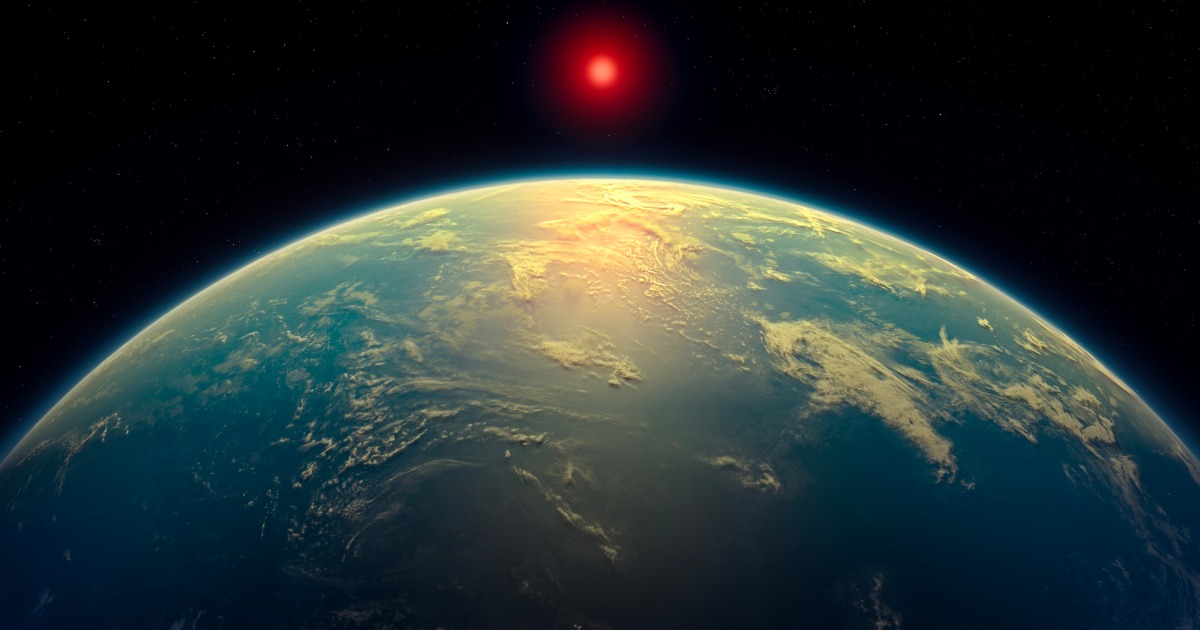
Suborbital Spaceplane
A suborbital spaceplane is a reusable spacecraft designed to reach space but not achieve orbit around the Earth. It typically follows a parabolic trajectory, reaching an altitude between 80 and 100 kilometers above the Earth's surface before returning to Earth. Suborbital spaceplanes are designed to carry a small number of passengers or scientific payloads, and offer a relatively short period of weightlessness during the flight. They are often used for scientific research, technology development, and space tourism. Suborbital spaceplanes are distinct from orbital spaceplanes, which are designed to achieve orbit around the Earth and remain in space for an extended period of time.
Your Previous Searches
Random Picks
- Resource Utilization: Resource utilization refers to the efficient and effective use of resources in space and astronautical engineering. This includes the management of materials, energy, time, and personnel to achieve mission objectives. Resource utilization i ... Read More >>
- Physiological Parameter: In space and astronautical engineering, physiological parameters refer to the various physical and biological measurements used to assess the health and well-being of astronauts during spaceflight. These parameters include but are not limit ... Read More >>
- Air Purification Systems: Air Purification Systems are devices that remove contaminants from the air in a spacecraft or space station. These systems are essential for maintaining a healthy and safe environment for astronauts during long-duration space missions. Air ... Read More >>
Top News

This week on "Sunday Morning" (April 20)...
A look at the features for this week's broadcast of the Emmy-winning program, hosted by Jane Pauley....
News Source: CBS News on 2025-04-17

Scientists detect strongest hints yet of life on a distant planet...
Scientists have detected unique chemical patterns similar to those produced by the Earth's algae and seaweed — raising the possibility of the presence of a warm ocean, perhaps teeming with life, on ...
News Source: NBC News on 2025-04-17

Is there life on another planet? Scientists find the strongest evidence yet...
Near a planet far, far away astronomers have found traces of chemicals that on Earth are only produced by living beings....
News Source: Al Jazeera English on 2025-04-17

Scientists find strongest evidence yet of life on an alien planet | CNN...
In a potential landmark discovery, scientists using the James Webb Space Telescope have obtained what they call the strongest signs yet of possible life beyond our solar system, detecting in an alien ...
News Source: CNN on 2025-04-17
Katy Perry's trip to space wasn't inspirational. It was tone-deaf marketing....
Katy Perry indulged in a space tourism trip Monday, courtesy of Jeff Bezos' company. It's the latest in a long line of missteps for the singer....
News Source: Business Insider on 2025-04-14